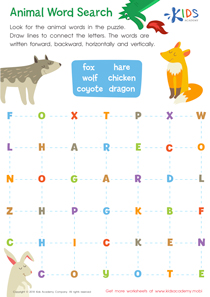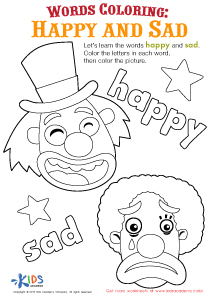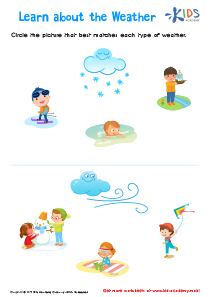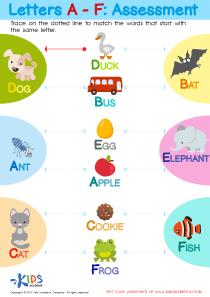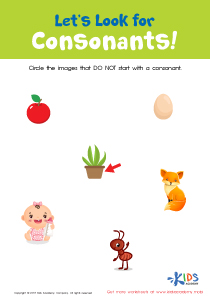Foundational Reading Lessons | Syllables and Rhyming, Grade 2
0 results
Unlock the power of language with our Syllables and Rhyming Lessons for children in Grade 2. This engaging program includes a series of interactive worksheets and fun-filled educational videos, along with assessment quizzes to test your child’s knowledge. Our expert instructors will guide your child towards developing their understanding of the intricate workings of language as they learn to recognize syllables, identify rhyming patterns, and develop a deeper appreciation for the beauty and rhythm of the spoken word. Delivered in an engaging and dynamic format, our Syllables and Rhyming Lessons are the perfect complement to any Grade 2 curriculum.
Syllables and Rhyming Lessons
Syllables and Rhyming lessons are great tools for teaching kids how to read, write, and speak the English language. For children in Grade 2, these lessons can serve as an excellent foundation for their future language development and academic success. Syllables and Rhyming lessons consist of interactive worksheets, educational videos, and assessment quizzes that help children learn to read and write by breaking down words into smaller sound units and teaching them how to rhyme.
Syllables
Syllables are the building blocks of words. When children learn to identify syllables, they can more easily recognize the sounds in words. They will also be able to divide words into syllables, which makes it easier for them to read and spell words. By learning syllables, children will improve their reading fluency, comprehension, and overall language skills.
Syllables and Rhyming lessons teach children to identify syllables by breaking down words into their sound units. Children will learn to recognize syllables by counting the number of beats in a word. This process will help children learn to decode words more quickly and easily, which will make reading and writing in the future much easier.
Rhyming
Rhyming is another essential tool for language development. It helps children learn to recognize and remember words by their sound similarities. By teaching children the importance of rhyming, they will learn to recognize the sound patterns in words and be able to read and spell them more quickly and easily.
Syllables and Rhyming lessons also help children develop their phonological awareness. This skill involves recognizing the different sounds in words, which is necessary for learning to read and write. By teaching children how to rhyme, they will be able to recognize the sound patterns in words, which will make it easier for them to spell and read words.
Interactive Worksheets
Interactive worksheets are an essential part of syllables and rhyming lessons. They provide children with a hands-on, engaging way to learn about syllables and rhyming. By completing the worksheets, children will learn how to break down words into their sound units and recognize the sound similarities between words.
Educational Videos
Educational videos are another great tool for teaching children about syllables and rhyming. They can provide children with a visual and auditory representation of the concepts being taught. Videos can also be used to review concepts that have already been taught, which can help children retain the information better.
